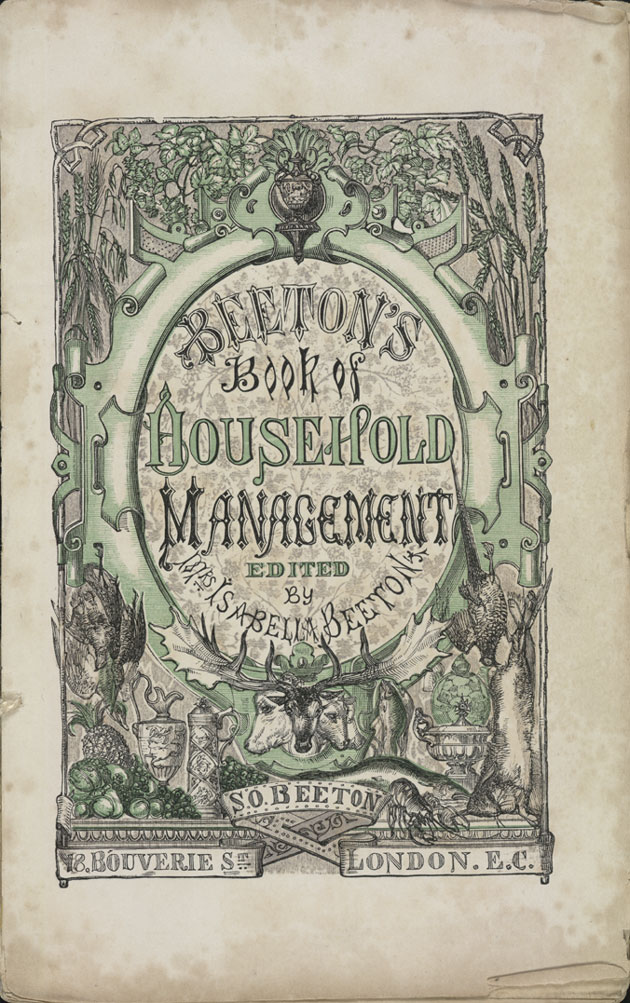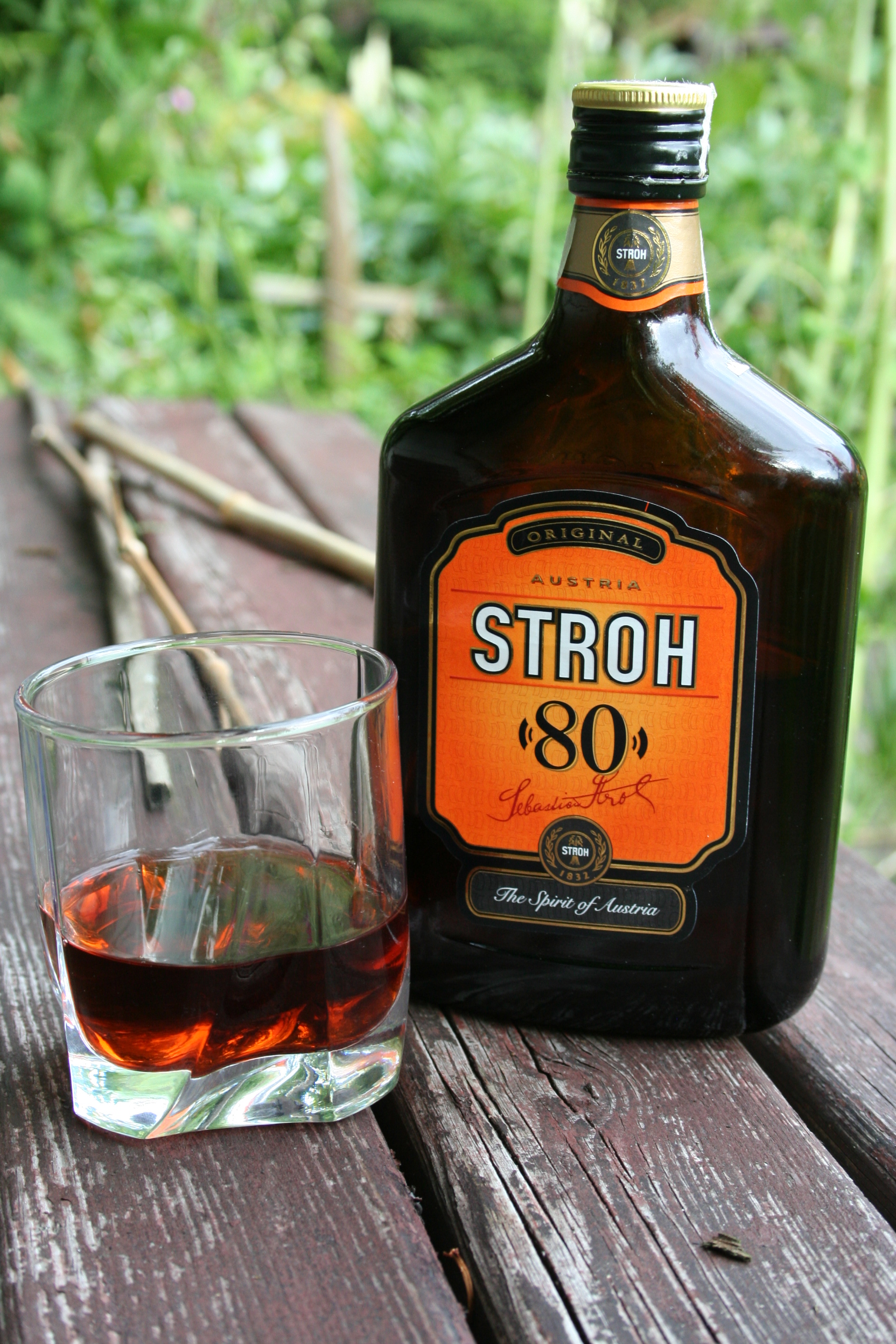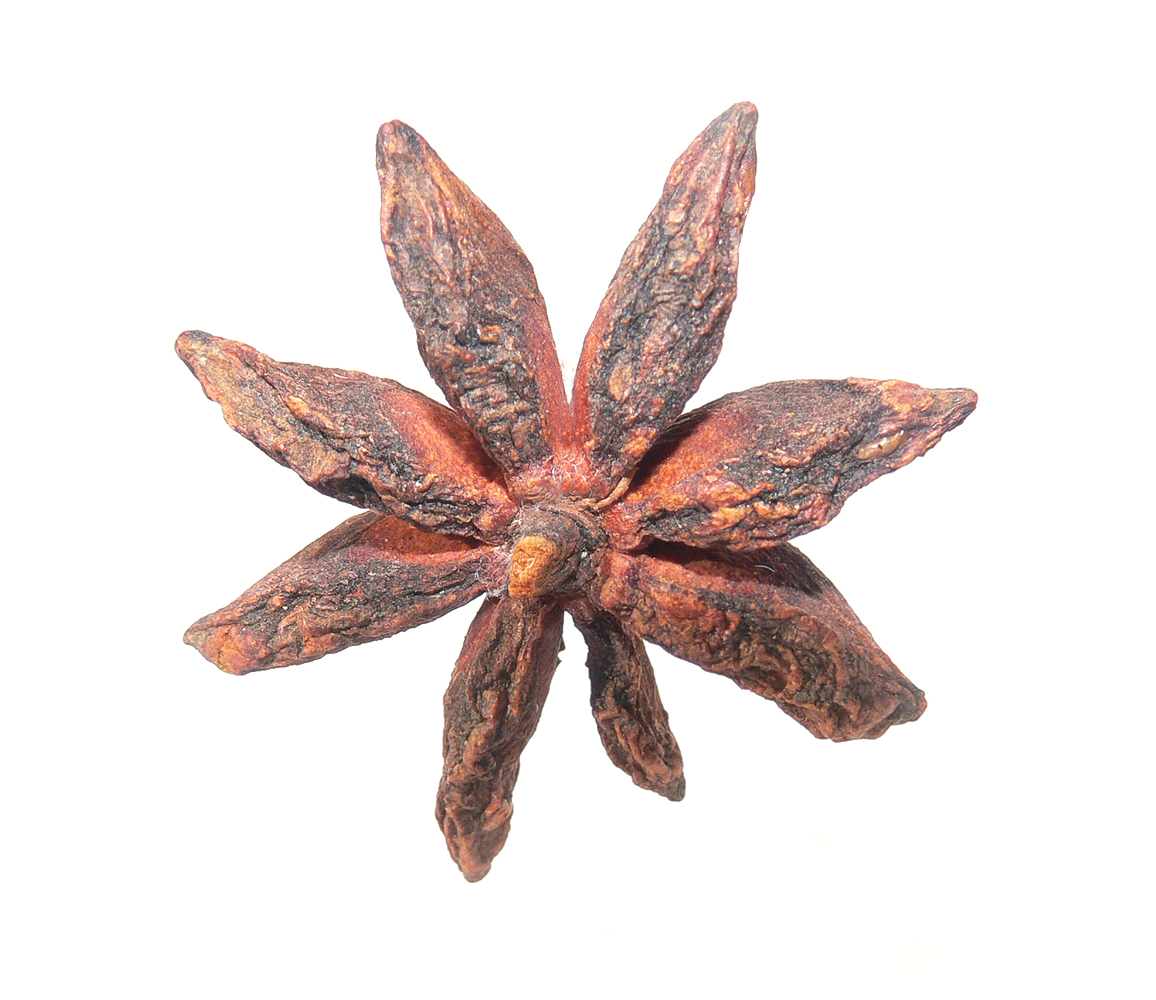|
Feuerzangenbowle
' () () is a traditional German alcoholic drink for which a rum-soaked sugarloaf is set on fire and drips into mulled wine. It is often part of a Christmas or New Year's Eve tradition. The name translates literally as ''fire-tongs punch'', “Bowle” meaning “punch” being borrowed from English. The popularity of the drink was boosted in Germany by the 1944 comedy film '. It is a traditional drink of some German fraternities, who also call it ', as the red color is reminiscent of a cherry liqueur of that name which was manufactured by the distillery (in Gdańsk). Procedure ' is prepared in a bowl, similar to a fondue set, which usually is suspended over a small burner ('). The bowl is filled with heated dry red wine spiced with cinnamon sticks, cloves, star anise and orange peel, similar to mulled wine. The ' was originally a pair of tongs, but nowadays it is common for a purpose-designed metal grate mounted on top of the bowl to hold the ' (sugarloaf), a lump of ... [...More Info...] [...Related Items...] OR: [Wikipedia] [Google] [Baidu] |
Die Feuerzangenbowle (1944 Film)
' (, ''The Fire-Tongs Bowl'' or ''The Punch Bowl'') is a 1944 German film, directed by Helmut Weiss and based on the book of the same name. It follows the book closely, as its author, Heinrich Spoerl, also wrote the script for the film. Both tell the story of a famous writer going undercover as a student at a small-town secondary school after his friends tell him that he missed out on the best part of growing up by being educated at home. The story in the book takes place during the time of the Wilhelmine Empire in Germany. The film was produced and released in Germany during the last years of World War II and has been called a "masterpiece of timeless, cheerful escapism."Georg Seeßlen, 1994''Die Feuerzangenbowle''In: ''epd Film'' 3/94. The film stars Heinz Rühmann in the role of the student Hans Pfeiffer, which is remarkable as Rühmann was already 42 years old at that time. The title comes from the German alcoholic tradition of ''Feuerzangenbowle''. Rühmann had also starr ... [...More Info...] [...Related Items...] OR: [Wikipedia] [Google] [Baidu] |
Sugarloaf
A sugarloaf was the usual form in which refined sugar was produced and sold until the late 19th century, when granulated and cube sugars were introduced. A tall cone with a rounded top was the end product of a process in which dark molasses, a rich raw sugar that was imported from sugar-growing regions such as the Caribbean and Brazil, was refined into white sugar. History The earliest record to date appears to be 12th century in Jordan, though reference to a cone of sugar is found in al-Zubayr ibn Bakkar's 9th century Arabic ''Al-Akhbar al-Muwaffaqiyyat.'' In Europe, they were made in Italy from 1470, Belgium 1508, England 1544, Holland 1566, Germany 1573 and France 1613. When refining from sugar beet began in mainland Europe in 1799, loaves were produced in the same way. Until the mid-19th century, the British government used a system of punitive taxes to make it impossible for its colonial producers in the Caribbean to refine their own sugar and supply Britain with finishe ... [...More Info...] [...Related Items...] OR: [Wikipedia] [Google] [Baidu] |
Mulled Wine
Mulled wine, also known as spiced wine, is an alcoholic drink usually made with red wine, along with various mulling spices and sometimes raisins, served hot or warm. It is a traditional drink during winter, especially around Christmas. It is usually served at Christmas markets in Europe, primarily in Germany. There are non-alcoholic versions of it. Vodka-spiked mulled wine can be found in Polish Christmas markets, where mulled wine is commonly used as a mixer. Origins The first record of wine being spiced and heated can be found in Plautus's play ''Curculio'', written during the 2nd century BC. The Romans travelled across Europe, conquering much of it and trading with the rest. The legions brought wine and viticulture with them up to the Rhine and Danube rivers and to the Scottish border, along with their recipes. The Forme of Cury, a medieval English cookery book from 1390, which mentioned mulled wine, says: "Pur fait Ypocras ..." grinding together cinnamon, ginger, gala ... [...More Info...] [...Related Items...] OR: [Wikipedia] [Google] [Baidu] |
Flaming Drink
A flaming drink is a cocktail or other mixed drink that contains flammable, high-proof alcohol, which is ignited before consumption. The alcohol may be an integral part of the drink, or it may be floated as a thin layer across the top of the drink. The flames are mostly for dramatic flair. However, in combination with certain ingredients, the flavor of the drink is altered. Some flavors are enhanced, and the process may impart a toasted flavor to some drinks. History Alcohol has been consumed as a drink for millennia. It has been used as a fuel for fire for a long time as well. Exactly when people began combining alcohol in drink with fire is uncertain. Many traditional recipes for food incorporate flaming alcohol as a key process or ingredient. This method of cooking is usually referred to as flambé. Bananas Foster, cherries jubilee, bombe Alaska, crêpe Suzette, steak Diane, and coq au vin are a few well-known dishes that utilize this method for both imparting complex flavo ... [...More Info...] [...Related Items...] OR: [Wikipedia] [Google] [Baidu] |
Stroh
Stroh Austria GmbH is an Austrian manufacturer of rum, especially spiced rums and high-proof rums used in warm drinks and cooking. The Stroh Rum brand is one of the best-known spirits from Austria. The name is widely used as a generic synonym for spirits with a similarly high alcohol content in Germanic speaking regions. The company is privately held by Austrian owners. History With roots starting in 1832, Stroh began large scale liqueur and brandy manufacturing in Klagenfurt in 1857. The company was named after its founder, Boštijan Stroh, who started the beginnings of the small business in St. Paul (Carinthian Lavanttal). His widow, Maria Stroh, continued the business with production facilities at Karfreitstrasse 18 in Klagenfurt. Located in the land-locked Austria-Hungary region, the company had no direct access to colonies in tropical regions with rum or easy access to rum importation. To make a rum-like product, the production at the time replaced the sugarcane molasses ... [...More Info...] [...Related Items...] OR: [Wikipedia] [Google] [Baidu] |
Sylvester 044-3
Sylvester or Silvester is a name derived from the Latin adjective ''silvestris'' meaning "wooded" or "wild", which derives from the noun ''silva'' meaning "woodland". Classical Latin spells this with ''i''. In Classical Latin, ''y'' represented a separate sound distinct from ''i'', not a native Latin sound but one used in transcriptions of foreign words. After the Classical period ''y'' was pronounced as ''i''. Spellings with ''Sylv-'' in place of ''Silv-'' date from after the Classical period. Given name *Sylvester of Marsico (c. 1100–1162), Count of Marsico in the Kingdom of Sicily * Silvester Ashioya (born 1948), Kenyan hockey player *Silvester Bolam (1905–1953), British newspaper editor *Silvester Brito (1937–2018), American poet and academic *Sylvester Croom (born 1954), American football coach and former player *Silvester Diggles (1817–1880), Australian musician and ornithologist *Silvester Fernandes (born 1936), Kenyan hockey player *Silvester Gardiner (1708–178 ... [...More Info...] [...Related Items...] OR: [Wikipedia] [Google] [Baidu] |
Star Anise
''Illicium verum'' is a medium-sized evergreen tree native to northeast Vietnam and southwest China. A spice commonly called star anise, staranise, star anise seed, star aniseed, star of anise, Chinese star anise, or badian that closely resembles anise in flavor is obtained from the star-shaped pericarps of the fruit of ''I. verum'' which are harvested just before ripening. Star anise oil is a highly fragrant oil used in cooking, perfumery, soaps, toothpastes, mouthwashes, and skin creams. Until 2012, when they switched to using a bacterial source, Roche Pharmaceuticals used up to 90% of the world's annual star anise crop to produce shikimic acid, a chemical intermediate used in the synthesis of oseltamivir (Tamiflu). Etymology and nomenclature ''Illicium'' comes from the Latin ''illicio'' meaning "entice" or "seduce".Gledhill, David (2008). "The Names of Plants". Cambridge University Press. (hardback), (paperback). pp 210, 400 ''Verum'' means "true" or "genuine". The name ... [...More Info...] [...Related Items...] OR: [Wikipedia] [Google] [Baidu] |
Mixed Drinks
A mixed drink is a beverage in which two or more ingredients are mixed. Types * List of non-alcoholic mixed drinks -- A non-alcoholic mixed drink (also known as virgin cocktail, boneless cocktail, temperance drink, or mocktail) is a cocktail-style beverage made without alcoholic ingredients. * Soft drink Psychoactive * Coffee drinks: Iced coffee * List of chocolate drinks — chocolate contains a small amount of caffeine * Energy drink * Kava — not traditionally flavored, however, it is occasionally flavored like alcoholic drinks. * Teas Alcoholic A "spirit and mixer" is any combination of one alcoholic spirit with one non-alcoholic component, such as gin and tonic, whereas a cocktail generally comprises three or more liquid ingredients, at least one of which is alcoholic. * List of cocktails * List of beer cocktails * List of flaming beverages * List of national drinks * List of wine cocktails Supplies * List of glassware * List of common edible cocktail garnishes * List ... [...More Info...] [...Related Items...] OR: [Wikipedia] [Google] [Baidu] |
Flaming Drinks
Flaming may refer to: * Anything set aflame or on fire * Flaming (Internet), the act of posting deliberately hostile messages on the Internet * Flame maple, the striped figures in maple woodwork prized for their beauty * Fläming, a region in Germany * Flaming drink, various kinds of fire-ignited alcoholic drinks * "Flaming" (song), a 1967 song by Pink Floyd from their album ''The Piper at the Gates of Dawn'' * The Flaming Lips, an American music group founded in 1983 * ''Flaming Pie'', an album by Paul McCartney, first released in 1997 * An alternative, British, name for Gassing (textile process) See also * * * Flame (other) Flame is burning gas or vapour, the visible part of fire. Flame, flames or FLAME may also refer to: Fire * Eternal flame, a constantly burning flame ** Olympic flame, eternal flame used as a symbol for the Olympic Games * Flame retardant, materi ... * Flamboyant (other) {{disambig ... [...More Info...] [...Related Items...] OR: [Wikipedia] [Google] [Baidu] |
Gemütlichkeit
''Gemütlichkeit'' () is a German-language word used to convey the idea of a state or feeling of warmth, friendliness, and good cheer. Other qualities encompassed by the term include cosiness, peace of mind, and a sense of belonging and well-being springing from social acceptance. The adjective "gemütlich" is translated as "cosy" so "Gemütlichkeit" could be simply translated as "cosiness." History and etymology "Gemütlichkeit" derives from ''gemütlich'', the adjective of ''Gemüt'', which means "heart, mind, temper, feeling" expressed by (and cognate with) English '' mood''. The German abstract noun ''Gemütlichkeit'' has been adopted into English. The current meaning of the word derives from its use in the Biedermeier period. By the second half of the 19th century, it also became associated with a set of traits supposedly unique to the Austrian culture. The word can be used in descriptions of holidays. In the 1973 English contract law case ''Jarvis v Swans Tours Lt ... [...More Info...] [...Related Items...] OR: [Wikipedia] [Google] [Baidu] |
Alcohol By Volume
Alcohol by volume (abbreviated as ABV, abv, or alc/vol) is a standard measure of how much alcohol (ethanol) is contained in a given volume of an alcoholic beverage (expressed as a volume percent). It is defined as the number of millilitres (mL) of pure ethanol present in of solution at . The number of millilitres of pure ethanol is the mass of the ethanol divided by its density at , which is . The ABV standard is used worldwide. The International Organization of Legal Metrology has tables of density of water–ethanol mixtures at different concentrations and temperatures. In some countries, e.g. France, alcohol by volume is often referred to as degrees Gay-Lussac (after the French chemist Joseph Louis Gay-Lussac), although there is a slight difference since the Gay-Lussac convention uses the International Standard Atmosphere value for temperature, . Volume change Mixing two solutions of alcohol of different strengths usually causes a change in volume. Mixing pure water with a ... [...More Info...] [...Related Items...] OR: [Wikipedia] [Google] [Baidu] |
Caramelization
Caramelization is a process of browning of sugar used extensively in cooking for the resulting sweet nutty flavor and brown color. The brown colors are produced by three groups of polymers: caramelans (C24H36O18), caramelens (C36H50O25), and caramelins (C125H188O80). As the process occurs, volatile chemicals such as diacetyl are released, producing the characteristic caramel flavor. Like the Maillard reaction, caramelization is a type of non-enzymatic browning. Unlike the Maillard reaction, caramelization is pyrolytic, as opposed to being a reaction with amino acids. When caramelization involves the disaccharide sucrose, it is broken down into the monosaccharides fructose and glucose. Process Caramelization is a complex, poorly understood process that produces hundreds of chemical products, and includes the following types of reactions: * equilibration of anomeric and ring forms * sucrose inversion to fructose and glucose * condensation reactions * intramolecular bon ... [...More Info...] [...Related Items...] OR: [Wikipedia] [Google] [Baidu] |








